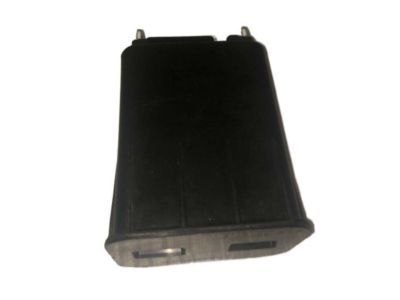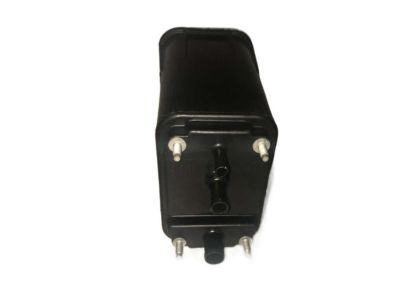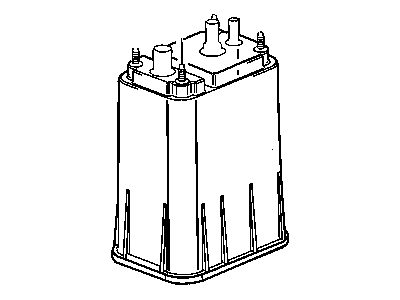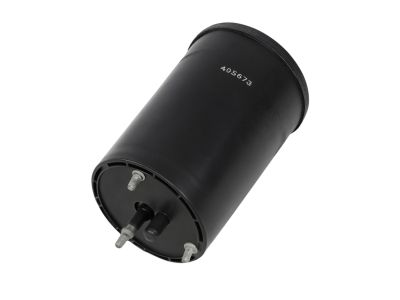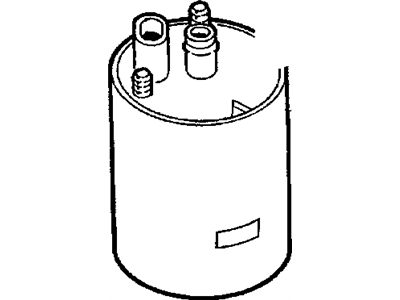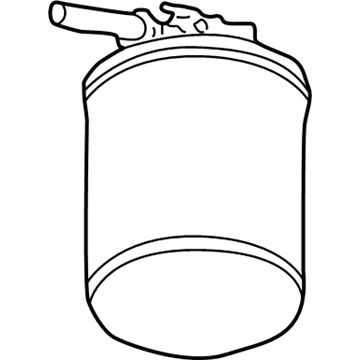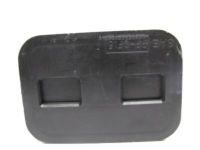
My Garage
My Account
Cart
Genuine Chrysler Cirrus Vapor Canister
Fuel Vapor Canister- Select Vehicle by Model
- Select Vehicle by VIN
Select Vehicle by Model
orMake
Model
Year
Select Vehicle by VIN
For the most accurate results, select vehicle by your VIN (Vehicle Identification Number).
5 Vapor Canisters found
Chrysler Cirrus Vapor Canister
The Vapor Canister in Chrysler Cirrus vehicles is to function in the evaporative emissions control (EVAP) system meant to minimize the amount of hydrocarbon emissions in the atmosphere. This component is popularly known as the carbon or charcoal canister and it is assigned with the role of holding fuel vapors and it has a feature of a purge valve that is responsible for releasing fuel vapors into the engine in order for them to be burnt as part of the air fuel mixture. Concerning the models of Chrysler Cirrus, they have been various types of the Vapor Canister over the years with some of the vehicles having filters that could be replaced. These include a canister vent solenoid and fuel tank pressure sensor which form part of the diagnostic components in the modern models to help identify leaks and give better results. The main function of the Vapor Canister remains consistent: Perhaps for collecting and reinjecting fuel vapors, and or for containing and managing dangerous emissions in an environmentally-friendly way, so as to make a car more efficient.
Looking for affordable and high-quality auto parts? Then you have already arrived at the proper online shop. We offer all Chrysler Cirrus Vapor Canister at great affordable prices. Moreover, all genuine Chrysler Cirrus Vapor Canister come with a manufacturer's warranty. In the long run, you would realize you have saved a lot of trouble and money with OEM parts from here.
Chrysler Cirrus Vapor Canister Parts Questions & Experts Answers
- Q: How Does the Evaporative Emissions Control System,Canister Purge Valve and Vapor Canister Function and What Are the Diagnostic and Replacement Procedures on Chrysler Cirrus?A:The evaporative emissions control system prevents fuel vapors from escaping into the atmosphere by trapping them inside the fuel tank until the pressure overcomes the pressure-relief/rollover valve, routing them to a charcoal canister for temporary storage. The Powertrain Control Module (PCM) monitors engine parameters and activates the EVAP purge control solenoid to draw vapors into the intake manifold for combustion. In 1995 to 1997 models, the charcoal canister is located behind the right front bumper, while in 1998 and later models, it is on top of the fuel tank, and both are maintenance-free. Common symptoms of a fault include a strong fuel odor or raw fuel leaking from the canister, especially in hot temperatures, with the Leak Detection Pump (LOP) indicating leaks by storing fault codes and illuminating the CHECK ENGINE light. The fuel filler cap features a two-way pressure-vacuum relief valve to manage pressure and vacuum inside the tank. All models have two rollover valves to close vapor vent ports if the vehicle flips. The Onboard Refueling Vapor Recovery (ORVR) system in 1998 and later models uses a control valve to vent displaced vapors to the charcoal canister during refueling, preventing refueling with the engine running. If the CHECK ENGINE light is on, checking the gas cap and system hoses is essential, as a loose cap or damaged hose is often the cause. Further diagnosis requires special equipment and should be performed by a qualified repair shop. For component replacement, the charcoal canister can be removed by relieving tank pressure, raising the vehicle, and disconnecting hoses, with installation being the reverse. The LOP and charcoal canister on 1996 and 1997 models require additional steps, including removing the right headlight assembly and disconnecting electrical connectors. In 1998 and later models, the canister and LOP are mounted on a bracket on the fuel tank, necessitating fuel tank removal and checking all EVAP system hoses and connections. The canister purge control solenoid must be installed with the electrical connector facing up, with its location varying by model year, and removal involves disconnecting hoses and electrical connectors before reinstalling in reverse order.




